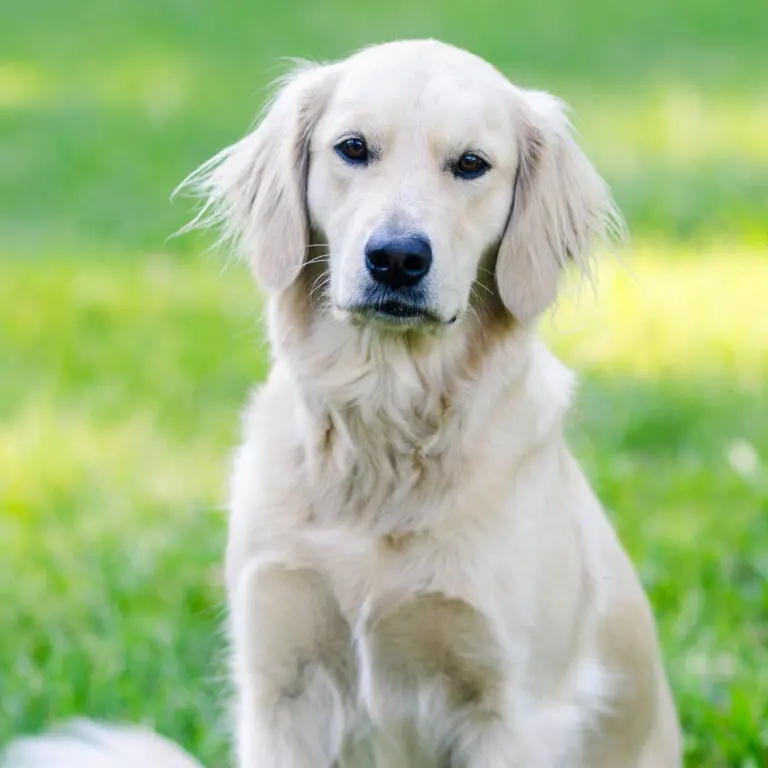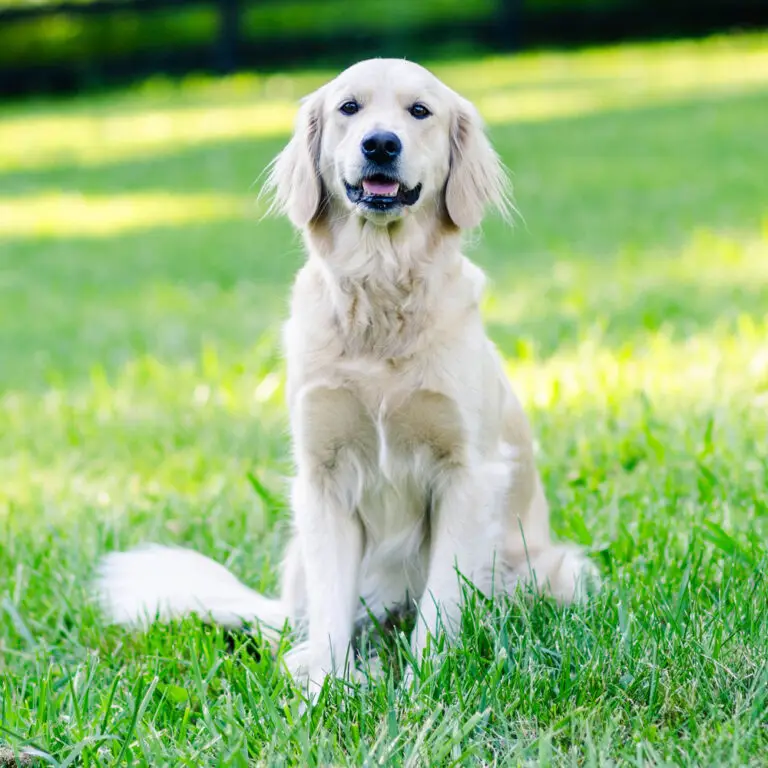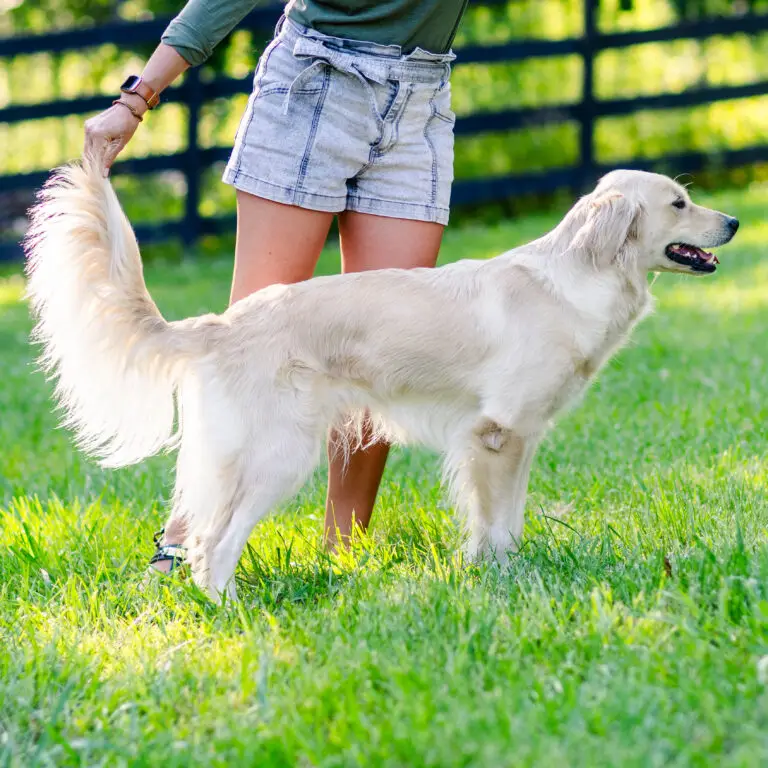You adopted a puppy! Now what?
Congratulations!
You just started a wonderful journey with your Southern Water Dogs pup! Dive into our resources, filled with breeder insights, training tips, and handpicked products for your new adventure. Find out what to expect and tips for smooth sailing through puppyhood. As you and your new fur-iend navigate the excitement of bonding and learning, remember, our door’s always open for support. We’re here to guide you!
You can also download our New Puppy Adoption Guide for more suggestions and tips!


Vaccinations
All the information you will need for your vet will come in your puppy folder!
- Puppies will come with their first 2 rounds of vaccines and are dewormed.
- They are due for their 3rd round of vaccines at 9 weeks and their 4th round at 15 weeks of age.
- It is critical that your puppy gets all 4 rounds of vaccines to strengthen their immune system. We do NOT encourage visiting dog parks, pet stores, etc. until all 4 rounds of vaccines have been administered.
Spaying & Neutering
We require our puppy parents to wait until their pup is AT LEAST 12 months of age before spaying or neutering. Ideally, we recommend waiting until at least 18 months of age.
- If you spay or neuter your pet early (Some vets will recommend at 6 months of age.), you can be risking their livelihood in the long run. There are many connections between early spay/neuter and joint injuries, hip dysplasia, as well as some types of cancers.
- Here are some helpful articles that discuss the potential dangers of altering your dog too early.
- We recommend waiting even if you purchase your puppy with a limited registration (no breeding rights).
We understand that there are some exceptions with health or behavioral reasons, but we absolutely advocate for you to wait until AT LEAST 12 months of age.

Frequently Asked Questions
Getting into a routine as quickly as possible will help you and your puppy in every aspect including potty time, feeding time, bedtime, etc. Your puppy will pick up on when these things should happen and will get on a schedule quicker than you think. Life happens, and while we know that sometimes dinner can’t be fed at 6pm every night, sticking to a routine as much as possible will make things easier on everyone.
Puppies WILL have accidents, we know this. However, you can avoid consistent cleaning of your rugs and floors by taking your puppy out frequently (almost excessively) for the first few weeks.
Puppies are easily distracted, especially when they are playing. They get caught up in all of the fun they are having and will have accidents inside, but frequent trips outside and knowing common times to take your puppy out will be a huge help.
Puppies should go out to potty immediately when they wake up from naps, when they wake up in the morning and right before bed at night. They should also be taken outside to potty about 20-30 minutes after eating a meal.
Puppies are smarter than you think, especially when being rewarded after a successful potty trip outside. You may run into the issue of them going outside, not going potty, and running back to go inside because they know there is a yummy treat waiting for them. If this happens, walk around outside with them until they potty and only reward them after they have done the ‘deed.’
This is one of the most difficult parts of bringing a new puppy home. When someone asks me if they should or should not crate their puppy at bedtime, we always tell them, “It’s totally up to you.” Some people want their dogs/puppies to sleep on the bed with them and other people don’t.
One critical thing to remember is that you don’t want your puppy to think that the crate is punishment. Leaving the crate open during the day when you are at home and allowing them to go in and out as they please or while they take naps is a great way to prevent them from feeling like they are in trouble when you put them in the crate at night time. Having a small, cozy blanket or a stuffed animal will comfort them during the night, but be sure to avoid stuffed animals with glass eyes, and keep an eye out to ensure your puppy isn’t shredding the blanket and swallowing pieces of it.
You have to remember they have been with mama and/or their littermates up until they go home with you, so they will need time to adjust to being alone during the night. You can also try putting a blanket over the top of the crate and allowing it to drape over the sides to soothe and comfort them. Crate training isn’t fun, but it is a great way to ensure your puppy is safely and peacefully contained when necessary.
Please remember that these are just suggestions for you. You can choose whatever type of leash/collar that you would like, but the following leashes are what we find the most useful.
We are firm believers in a “slip leash” rather than a clip-on or a retractable leash. A “slip leash” has an adjustable opening at the end opposite of the handle that slides over their head. It does not attach to anything, such as a collar or harness.
We like this style of leash so much because we have seen and heard so many stories about dogs and puppies pulling their heads out of a collar and running off, and there stands the owner with a leash and collar attached but no puppy. A slip leash makes it nearly impossible for the dog to pull their head out of it as it tightens when they pull. This is also helpful when they are learning to walk on a leash because when they pull, it tightens and tells them to stop pulling (this does NOT hurt the dog!).
Slip leashes can be found in many sizes (even for puppies), but getting one that is 5’-6’ long is ideal. The smaller diameter is best for puppies, and upgrade to a thicker one as they age.


